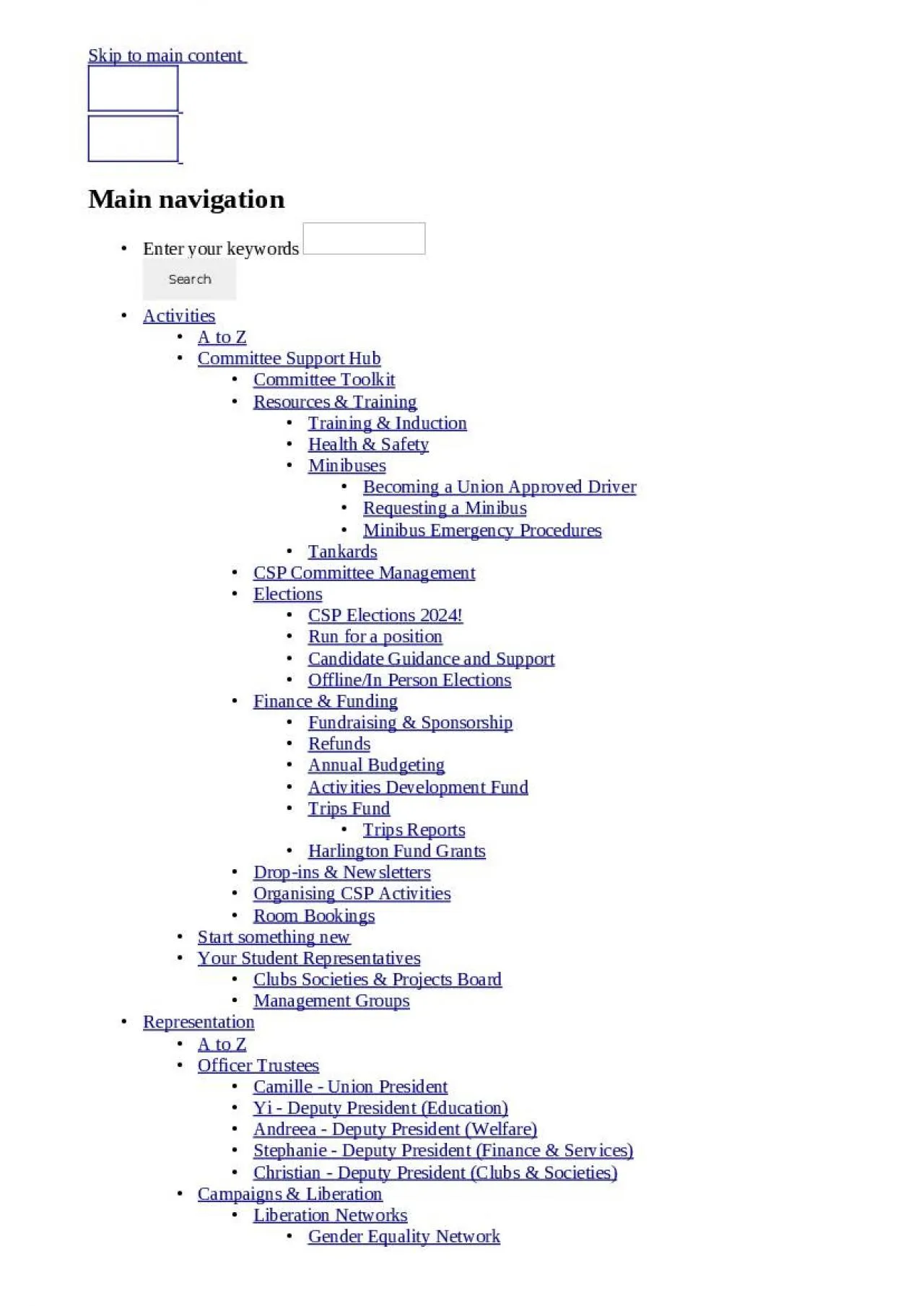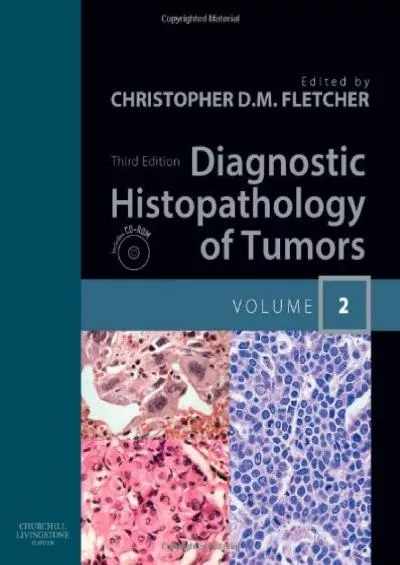PPT-Histopathology Simon Erridge
Author : jocelyn | Published Date : 2022-05-15
FY1 West Middlesex Learning Resources Study material Lectures Pathology Guide Questions Past paper questions Meerans questions quizzes inlecture questions Pathbase
Presentation Embed Code
Download Presentation
Download Presentation The PPT/PDF document "Histopathology Simon Erridge" is the property of its rightful owner. Permission is granted to download and print the materials on this website for personal, non-commercial use only, and to display it on your personal computer provided you do not modify the materials and that you retain all copyright notices contained in the materials. By downloading content from our website, you accept the terms of this agreement.
Histopathology Simon Erridge: Transcript
Download Rules Of Document
"Histopathology Simon Erridge"The content belongs to its owner. You may download and print it for personal use, without modification, and keep all copyright notices. By downloading, you agree to these terms.
Related Documents














